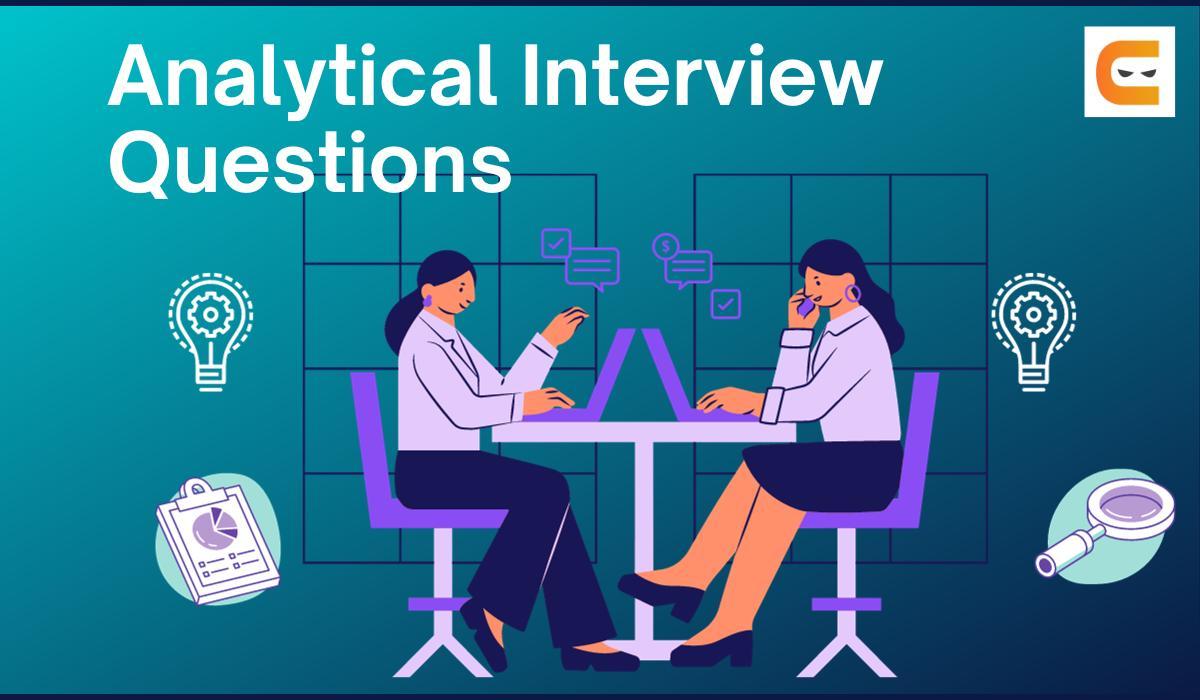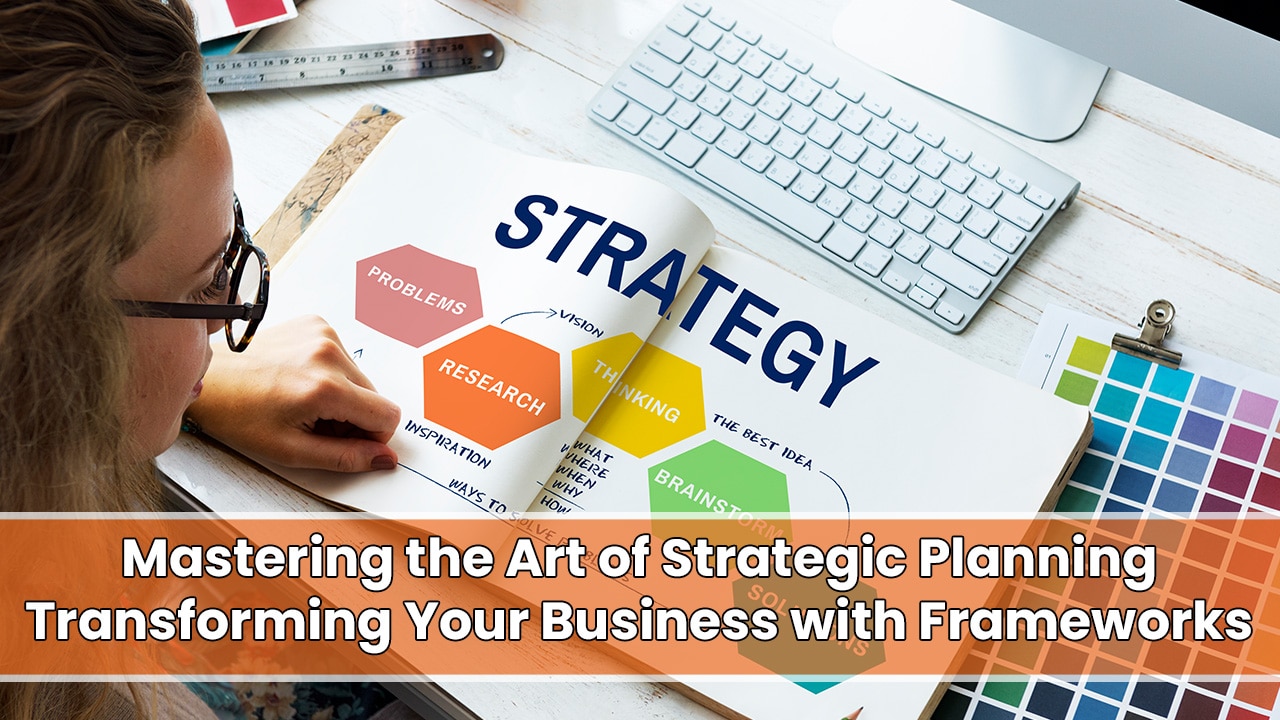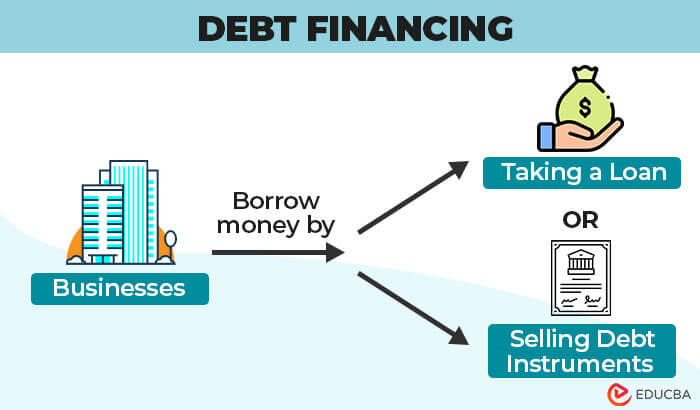Mastering the Art: Top Interview Analytics

Interview analytics is an invaluable tool for organizations aiming to refine their hiring processes and make more informed decisions. By leveraging data-driven insights, companies can identify patterns, improve candidate experiences, and ultimately enhance their talent acquisition strategies. This comprehensive guide will delve into the world of interview analytics, offering insights and strategies to help you master the art of interpreting and utilizing these metrics.
Understanding the Power of Interview Analytics

Interview analytics provides a wealth of information that goes beyond traditional hiring methods. It allows recruiters and hiring managers to gain a deeper understanding of candidate performance, interviewer biases, and the overall effectiveness of their interview processes. With the right tools and strategies, organizations can uncover hidden insights that lead to better hiring decisions and a more efficient recruitment journey.
Key Metrics to Monitor

To harness the full potential of interview analytics, it’s essential to track and analyze specific metrics. Here are some key areas to focus on:
Candidate Performance
Analyzing candidate performance involves assessing their responses, problem-solving abilities, and overall suitability for the role. Metrics such as response accuracy, time taken to complete assessments, and interviewer ratings can provide valuable insights. For instance, tracking the average score achieved by candidates on a specific assessment can help identify areas where improvements are needed in the hiring process.
| Assessment Type | Average Score |
|---|---|
| Technical Proficiency Test | 85% |
| Communication Skills Assessment | 78% |
| Team Collaboration Exercise | 92% |

By monitoring these metrics, organizations can identify candidates who consistently excel in certain areas and use this information to refine their recruitment strategies.
Interviewer Bias
Interview analytics can also help mitigate interviewer bias. By tracking metrics such as the average time spent on interviews, the number of questions asked, and the consistency of interviewer ratings, organizations can identify potential biases. For example, if one interviewer consistently rates candidates lower than their peers, it may indicate a need for further training or a recalibration of evaluation criteria.
| Interviewer | Average Rating |
|---|---|
| John Doe | 4.2/5 |
| Jane Smith | 3.8/5 |
| David Miller | 4.5/5 |
Interview Structure and Effectiveness
Analyzing the structure and effectiveness of interviews is crucial for optimizing the hiring process. Metrics such as the average length of interviews, the number of stages in the process, and candidate feedback can provide valuable insights. For instance, if candidates consistently provide feedback about overly long interviews, it may be an indication to streamline the process.
| Interview Stage | Average Duration |
|---|---|
| Initial Screening | 30 minutes |
| Technical Assessment | 45 minutes |
| Managerial Interview | 60 minutes |
Offer Acceptance Rates
Tracking offer acceptance rates is a critical aspect of interview analytics. By analyzing the percentage of candidates who accept offers versus those who decline, organizations can gain insights into the attractiveness of their employment packages and the overall candidate experience. This information can guide improvements in compensation, benefits, and other aspects of the offer to enhance acceptance rates.
| Employment Package | Acceptance Rate |
|---|---|
| Standard Offer | 75% |
| Enhanced Benefits Package | 82% |
| Flexible Work Arrangements | 78% |
Strategies for Actionable Insights
While tracking metrics is essential, it’s equally important to derive actionable insights from the data. Here are some strategies to maximize the impact of interview analytics:
Data Visualization
Presenting interview analytics in visually appealing and easy-to-understand formats can greatly enhance their impact. Utilize charts, graphs, and dashboards to highlight key trends and insights. For example, a bar chart comparing acceptance rates for different employment packages can quickly highlight areas for improvement.
Regular Review and Analysis
Interview analytics should be an ongoing process. Schedule regular reviews of the data to identify emerging trends and areas for improvement. This proactive approach ensures that your hiring process remains efficient and effective, adapting to the changing needs of your organization and the talent market.
Action-Oriented Decisions
The ultimate goal of interview analytics is to drive actionable decisions. Whether it’s refining interview questions, adjusting evaluation criteria, or enhancing the candidate experience, ensure that your analytics efforts lead to tangible improvements in your hiring process. By acting on the insights gained from interview analytics, you can continuously enhance your talent acquisition strategies.
The Future of Interview Analytics
As technology advances, the field of interview analytics is poised for significant growth and innovation. Artificial intelligence (AI) and machine learning (ML) are already being leveraged to automate certain aspects of the analysis process, making it faster and more accurate. These technologies can identify patterns and correlations that might not be immediately apparent to human analysts, further enhancing the value of interview analytics.
Additionally, the integration of natural language processing (NLP) techniques can enable more nuanced analysis of candidate responses, interviewer feedback, and other textual data. This advanced analytics capability can provide deeper insights into candidate suitability, interviewer performance, and the overall effectiveness of the interview process.
Looking ahead, the future of interview analytics holds immense potential. With continued advancements in technology and a growing emphasis on data-driven decision-making, organizations can expect even more sophisticated tools and strategies to optimize their hiring processes and attract top talent.
How can interview analytics improve the candidate experience?
+Interview analytics can enhance the candidate experience by providing insights that help organizations streamline their hiring processes. By identifying areas where interviews may be too lengthy or complex, companies can make adjustments to create a more efficient and positive candidate journey. Additionally, analytics can guide the refinement of interview questions and assessment criteria, ensuring that candidates are evaluated fairly and thoroughly.
What are some common challenges in implementing interview analytics?
+One of the primary challenges is ensuring data accuracy and consistency. With multiple interviewers and candidates involved, it’s crucial to maintain standardized evaluation criteria and data collection methods. Additionally, interpreting and presenting the analytics in a way that is easily understood by various stakeholders, from recruiters to executives, can be a complex task.
How can organizations ensure data privacy and security in interview analytics?
+Data privacy and security are paramount in interview analytics. Organizations should implement robust data protection measures, including encryption, access controls, and regular security audits. It’s essential to ensure that all data collected and analyzed is handled in compliance with relevant privacy laws and regulations, such as GDPR or CCPA.


